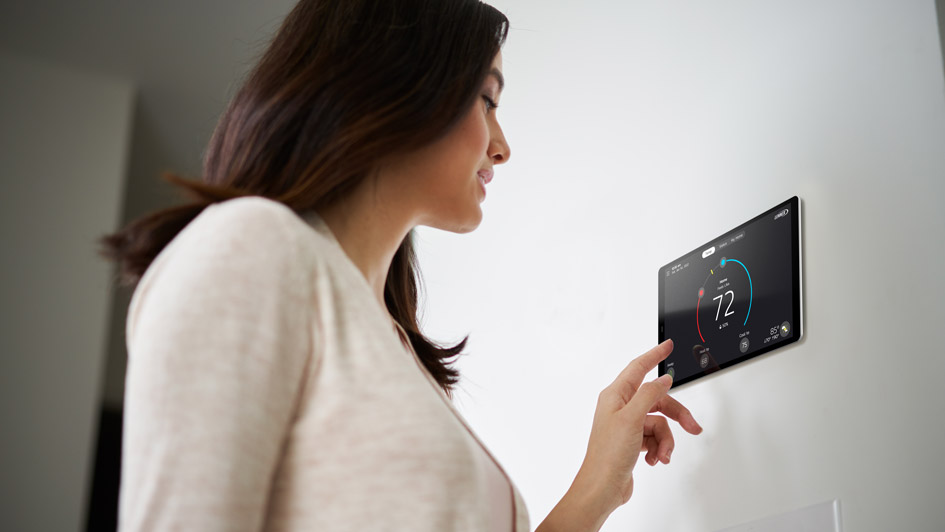
Once the weather starts to cool off, you might be wondering about how you’ll make the most of your heating and cooling. After all, HVAC bills frequently add up to a big portion of your monthly electric bill. To figure out new ways to save, some people look closely at their thermostat. Could there be a setting they should use to boost efficiency?
The bulk of thermostats come with a ‘Fan’ or ‘Fan On’ setting. But if the fan is on during a normal cycle, what will the fan setting provide for the HVAC system? This guide can help. We’ll review just what the fan setting is and how you can use it to cut costs in the summer or winter.
Should I Use My Thermostat's Fan Setting?
For most thermostats, the fan setting signifies that the system's blower fan remains on. Some furnaces can run at a low level in this setting, but in general heating or cooling isn’t being made. The ‘Auto’ setting, in contrast, will turn on the fan over a heating or cooling cycle and switch it off when the cycle is over.
There are advantages and disadvantages to using the fan setting on your thermostat, and the ideal option {will|can|should]] depend on your unique comfort preferences.
Advantages to switching to the Fan/On setting:
- You can keep the temperature in every room more consistent by permitting the fan to keep generating airflow.
- Indoor air quality should improve as constant airflow will keep moving airborne pollutants into the air filter.
- Fewer start-stop cycles for the HVAC fan helps lengthen its life span. As the air handler is often connected to the furnace, this means you could avoid needing furnace repair.
Drawbacks to switching to the Fan/On setting:
- A continuous fan could add to your energy costs somewhat.
- Continuous airflow may clog your air filter in a shorter amount of time, increasing the frequency you will want to replace it.
{Choosing Between|Should My Thermostat Be on|Which Setting for My Thermostat? Fan or Auto in Each Season
During the summer, warm air can linger in unfinished spaces including the attic or an attached garage. If you leave the fan on, your HVAC system can gradually move this warm air into the rest of your home, compelling the HVAC system to run longer to preserve the set temperature. In serious heat, this can result in needing AC repair more often as wear and tear grows.
The opposite can take place over the winter. Cooler spaces such as a basement will hold onto cooler air, which may eventually drift into the rest of your home. Leaving the fan setting on could pull more cold air upward, increasing the amount of heating you need to remain warm.
If you’re still trying to figure out if you should use the fan/on setting, remember that every home and family’s comfort needs are different. Leaving the HVAC system’s fan on may work for you if:
Someone in your household suffers from allergies. Allergies and similar respiratory conditions can be stressful on the family. Leaving the fan on is more likely to enhance indoor air quality, helping your family breathe easier.
Your home experiences hot and cold spots. All kinds of homes wrestle with persistent hot and cold spots that quickly return to a temperature different from the rest of the house. The fan setting might help minimize these changes by steadily refreshing each room’s supply of air.



